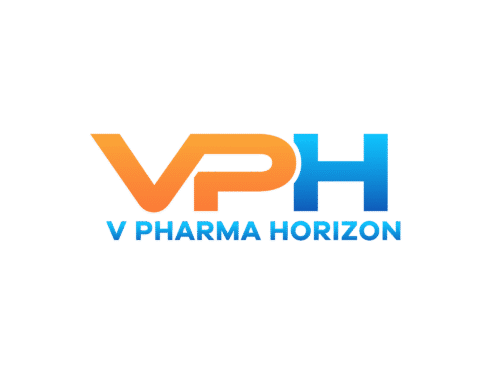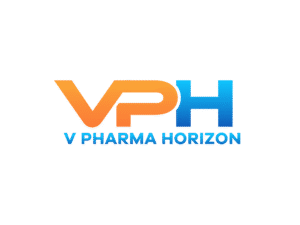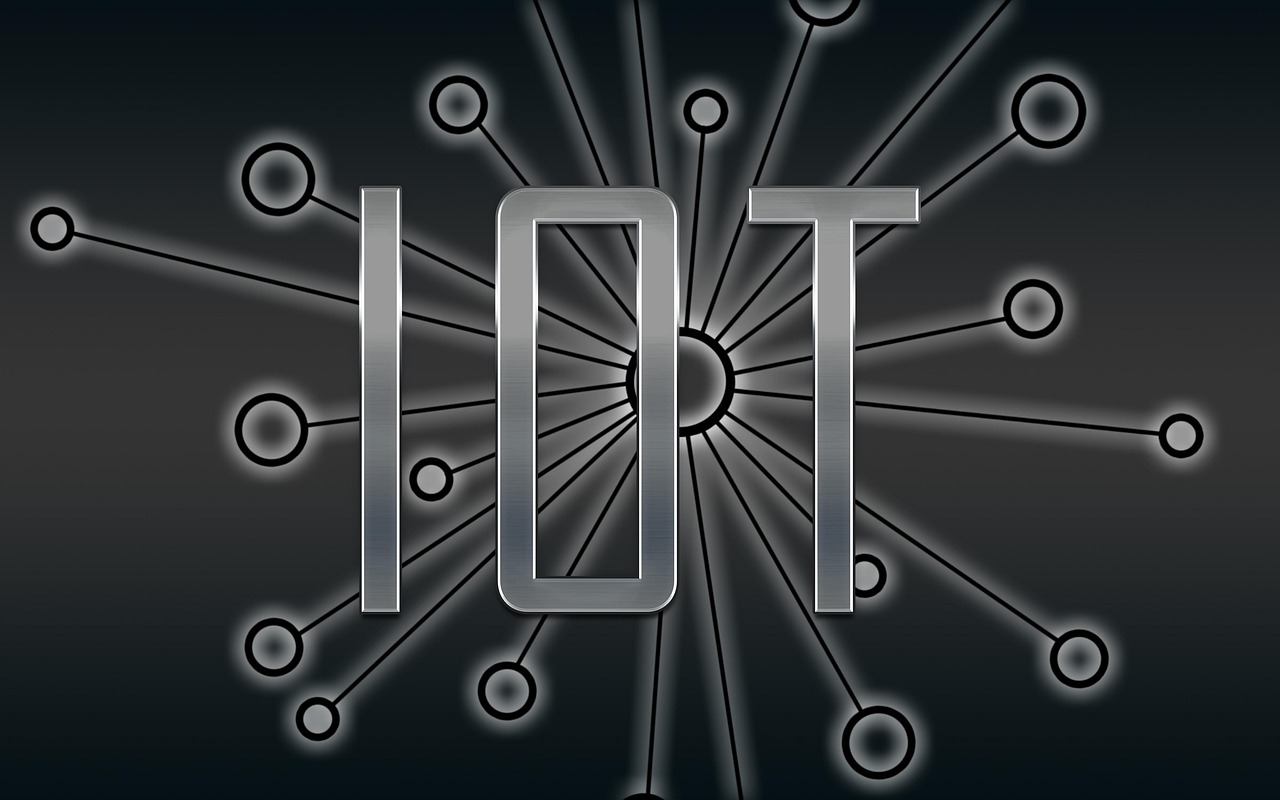Digital Twins in Pharma R&D: Real-Time Simulation for Drug Development
In the high-stakes world of pharmaceutical research and development (R&D), every second counts, and every misstep costs millions. As the pressure to bring safer, more effective drugs to market intensifies, a powerful innovation is reshaping

In the high-stakes world of pharmaceutical research and development (R&D), every second counts, and every misstep costs millions. As the pressure to bring safer, more effective drugs to market intensifies, a powerful innovation is reshaping the landscape—digital twins. Originally developed for engineering and manufacturing, digital twins are now finding profound applications in pharma R&D, enabling real-time simulation of complex biological systems and accelerating the drug development lifecycle.
What Are Digital Twins?
A digital twin is a dynamic, virtual representation of a physical object, process, or system. In pharmaceutical R&D, this means creating computational models of human physiology, disease progression, cellular processes, or even entire patient populations. These models are continuously updated with real-world data, allowing researchers to simulate, test, and optimize drug candidates before entering expensive clinical or preclinical stages.
Revolutionizing Drug Discovery
- In Silico Testing of Molecules
Digital twins enable early-stage in silico experiments, where thousands of molecular combinations can be tested against virtual biological systems. This helps narrow down promising candidates, reducing the time and cost associated with physical assays and wet lab experimentation. - Modeling Disease Progression
With digital twins, researchers can replicate how a disease develops over time in specific patient types, incorporating variables like genetics, lifestyle, and comorbidities. This enhances the predictive power of therapies, especially for chronic or complex diseases like cancer or autoimmune disorders. - Target Identification and Validation
By simulating cellular pathways and protein interactions, digital twins can help identify new therapeutic targets and validate their relevance across patient populations, improving the precision of drug design.
Enhancing Clinical Trial Design
Digital twins can be used to create virtual patient cohorts—synthetic populations that mimic the diversity and variability of real-world subjects. These cohorts are instrumental in:
- Predicting trial outcomes
- Identifying optimal dosages and delivery methods
- Reducing the risk of adverse effects
- Simulating long-term treatment efficacy
This virtual experimentation allows for better trial protocols and can even replace some aspects of early-phase trials, streamlining regulatory approval.
Real-Time Feedback and Adaptive R&D
As new data is generated from lab experiments or clinical studies, digital twins update automatically, allowing for continuous learning and adjustment. This real-time feedback loop supports adaptive research strategies, where drug formulations, dosing strategies, or trial criteria can be modified on the fly based on simulated results.
Overcoming Challenges
Despite its promise, deploying digital twins in pharma R&D is not without hurdles:
- Data Quality and Integration: High-fidelity digital twins require clean, interoperable, and high-resolution data from various sources, which is often a challenge.
- Computational Complexity: Simulating biological systems at molecular, cellular, and systemic levels demands enormous computing power and sophisticated algorithms.
- Regulatory Uncertainty: Regulatory frameworks are still evolving to accommodate virtual models as part of the drug development and approval process.
The Future Outlook
The integration of AI, machine learning, and high-performance computing is supercharging the capabilities of digital twins. Looking ahead, we can expect:
- Personalized Drug Development: Digital replicas of individual patients for customized treatment regimens.
- Closed-Loop R&D Pipelines: Fully automated systems where drug discovery, testing, and optimization happen simultaneously in silico.
- Digital Twins as Regulatory Evidence: Wider acceptance by FDA, EMA, and other agencies as supplementary evidence for drug safety and efficacy.
Digital twins are more than a technological advancement—they represent a paradigm shift in how drugs are discovered, tested, and brought to market. By simulating real-world complexities in silico, pharma companies can drastically reduce time-to-market, improve patient outcomes, and cut costs across the board. As the technology matures and integrates with broader digital health ecosystems, digital twins may become a central pillar of next-generation pharmaceutical innovation.






